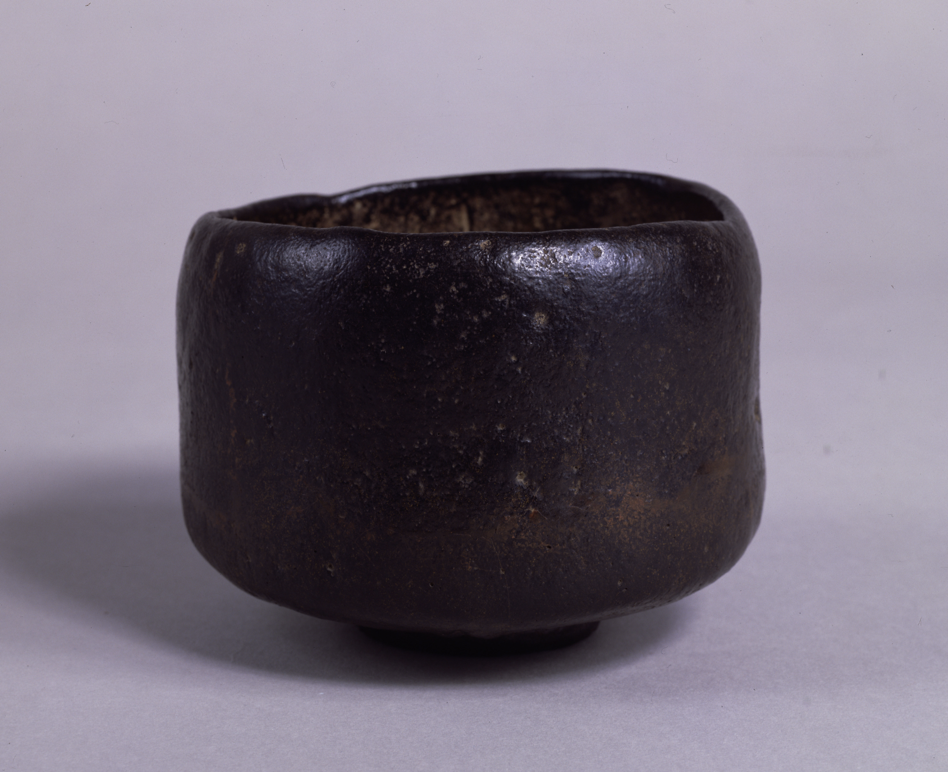It is the core of the Japanese sense of beauty
Wabi-sabi is one of the words that symbolize the Japanese sense of beauty.The first word “wabi” is written “侘び” in Japanese and means the clean, clear, and quiet taste found in simple things.
The other “sabi”, written “寂び”, means old and tasteful.Although “wabi sabi” is a noun, it was originally used as verbs “wabu” and “sabu”, respectively, and later became nouns. They are rarely used as verbs in modern Japanese.
This aesthetic sense was formed after the Middle Ages and was especially emphasized in the “tea ceremony.This concept is often thought to be very complicated, but Yoshiyuki Senkai, director of the Itsuo Museum of Art, explains it in an easy-to-understand manner by using the analogy of “damaged jeans”.
Wabi Sabi and a damaged jeans
Originally, new jeans do not have holes. But that would be a little boring. Therefore, there are people who intentionally wear jeans with holes or enjoy the tired texture. This gives them a unique look that cannot be found in new jeans.
This is what wabi means. It is the feeling that a pair of jeans that is no longer in “perfect condition” has a charm and interest that cannot be found anywhere else. In contrast to the Western tendency to seek eternal beauty, the Japanese find beauty in imperfection.
Jeans fade in color. If worn for a long time, they develop holes, and the initial dark blue color gradually fades. This is how the texture of the jeans grows, but it also means that one day they will decay and will no longer be wearable, which is somewhat sad.
This ” sadness” means that all things will someday lose their form, and that is why beauty resides in them now. We could say that sorrow is the sense of finding beauty in the transience of time.
Japanese people have found this concept in the tea bowls and hanging scrolls used in the tea ceremony.For example, many of the tea bowls loved by Sen no Rikyu, the great master of the tea ceremony in the 16th century, are distorted and their thicknesses are not symmetrical. Sen no Rikyu found “wabi no beauty” and “beauty of lack” in this imperfection.

Kuroraku chawan ‘Amadera’ (image source: ColBase [https://colbase.nich.go.jp/])
The tea rooms used for enjoying the tea ceremony are also devoid of any decoration and at first glance appear poor and dreary. He believed that the beauty of “sabi” resided in such taste and appearance.
The idea of “wabi-sabi” can actually be found in places very familiar to modern people, such as damaged jeans.Although the number of people who enjoy the tea ceremony in modern Japan is very limited, the idea that beauty resides in imperfection is alive and well in many aspects of Japanese culture.

